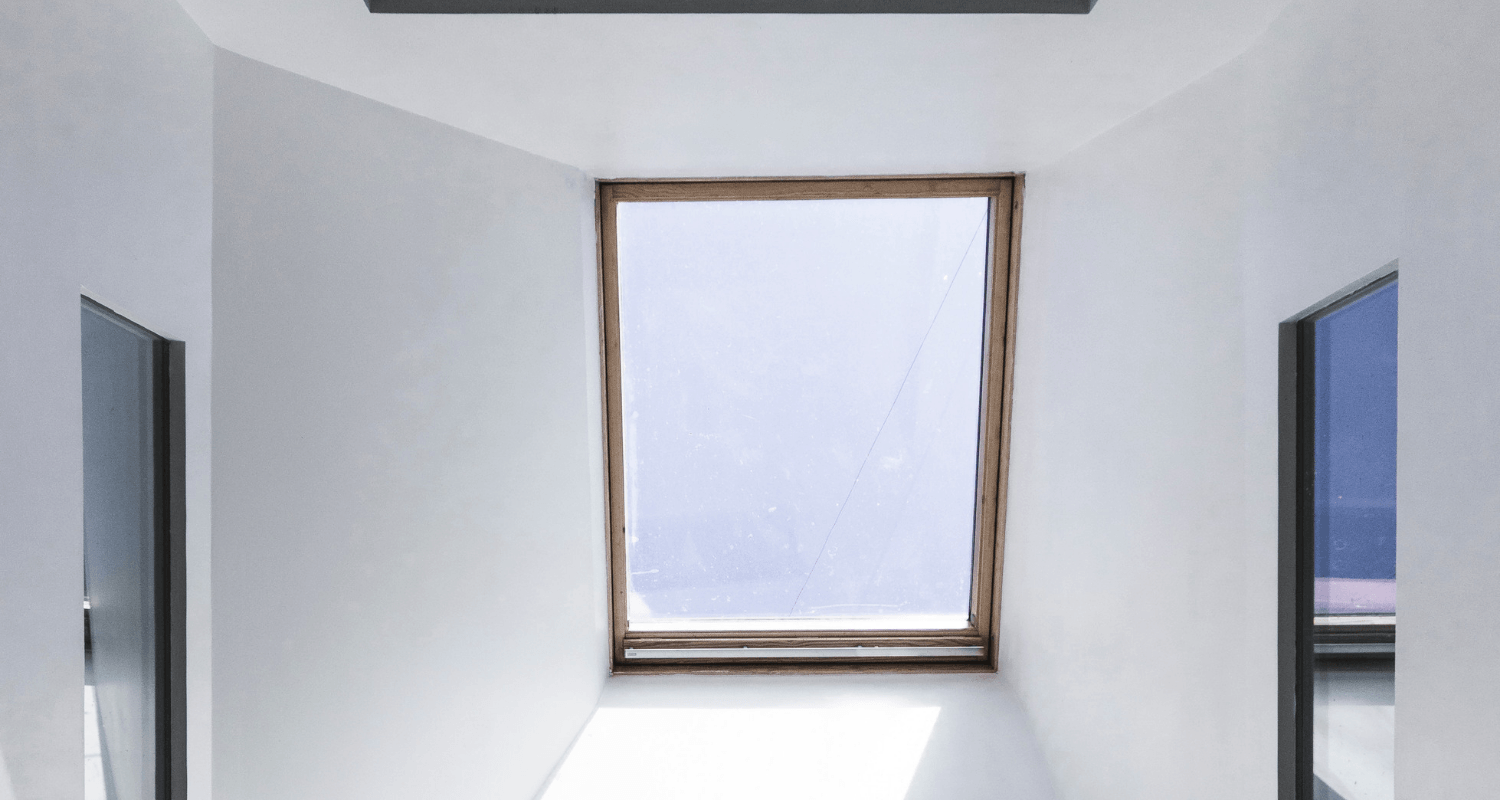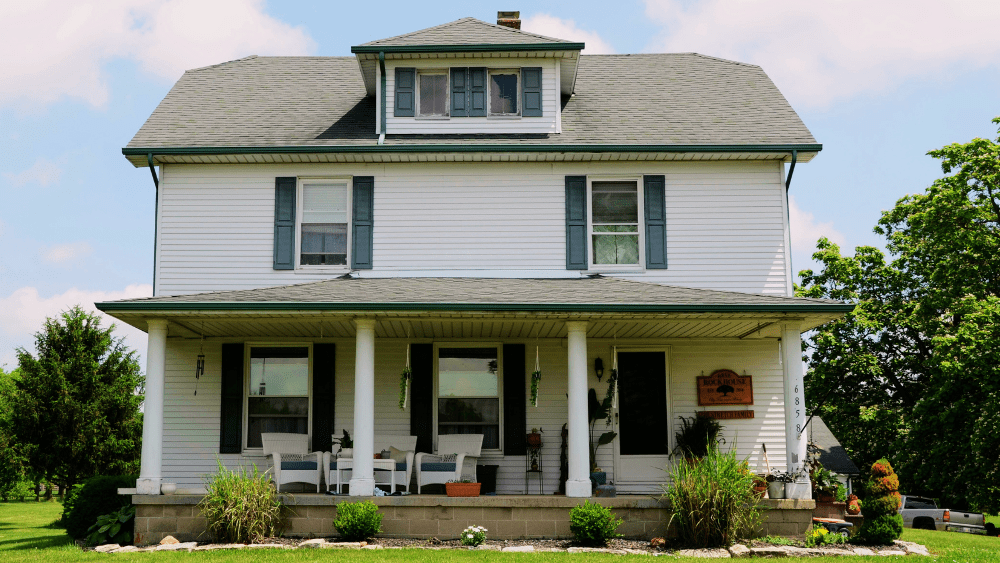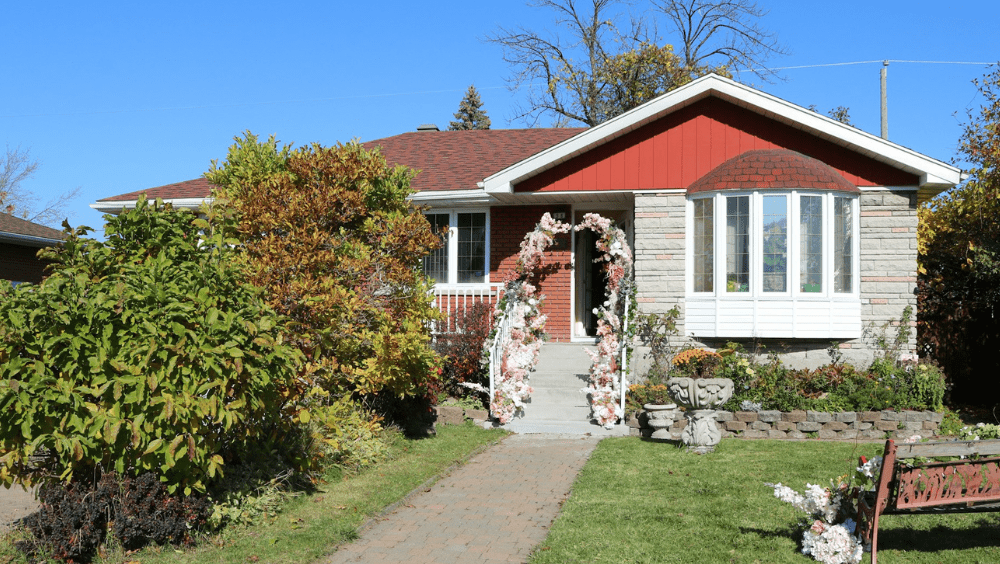
Did you know that lighting can play a big part in how we think and feel throughout the day? When exposed to natural light, we become more creative and tend to be in a good mood. Sunlight also improves our cognitive performance and regulates our circadian rhythm, which is excellent for productivity in the office and at home. Given these benefits, you may be wondering whether a skylight increases the value of your home. We’ve done the homework for you if you’re wondering if you should take the plunge and invest in a few skylights. We also chatted with Dawn Rushton, a real estate agent from Maple Valley, WA, who ranks in the top 1% of agents in her area, for some insight. “Skylights are wonderful here in the Pacific Northwest where we don’t have a lot of light,” Rushton says. “If the house tends to be dark, then by all means, I think it’s a good investment, especially for kitchens, bathrooms, and hallways.” Other than adding natural light to a room, skylights also have other benefits. There are three popular types of skylights: When you decide which type of skylight you’d like to install, there are a few important factors and features you’ll need to consider. The material installed inside the skylight’s window frame is referred to as glazing. The most common types are going to be plastic or glass. Skylight manufacturers run their products through various tests for blockage of UV rays, solar heat gain, and heat loss. So when browsing skylight options, it’ll help if you know what the energy performance ratings mean. Skylights come in various shapes and sizes — circles, triangles, rectangles, and so on. However, the shape you should be looking at is the shape of the glazing. Flat glazing may seem the go-to choice, but raised designs like domes, pyramids, and arched shapes allow more light to enter from extreme angles. Manufacturers who make skylights that can be opened may offer several ways of operating them. The frame of a deck-mounted skylight will be connected to the roof directly, whereas a curb-mounted skylight will be connected to a “curb,” or a raised wooden frame attached to the roof. Deck-mounted skylights are easier to install and don’t require any water-sealing. That said, they don’t offer a varied selection of sizes, so it may not fit an existing roof hole. The average homeowner can expect to spend around $1,750 to install a skylight, although the typical price range is between $1,016 and $2,589, according to HomeAdvisor. The actual price will depend on various factors, such as the type and size of the skylight, the roofing material, accessibility, and the structure of your home. Fixed skylights are the most affordable (and often most popular) models, as they typically cost $150 for the skylight, and the labor typically starts at $500 per skylight. If you’re installing a skylight that requires electrical work, you’re looking at an additional $160 to $520 to hire an electrician. It’s difficult to determine how much value skylights add because it depends on the market and the target buyer. They’re sort of like pools in that way. They appeal to some and are a turnoff to others. So, instead of looking for monetary value, consider the value they add to the overall enjoyment of the home. Research shows exposure to sunlight provides a whole host of mental health benefits, but homes with skylights can also attract buyers. The added sunlight can help make any small space feel bright and cheery. “Skylights improve a small older home with low ceilings,” Rushton says. If you’re selling your home soon and want buyers to appreciate your skylights, talk to your real estate agent for advice — especially if your roof or the skylights are on the older side. Rushton constantly reminds her clients that installing new skylights goes hand in hand with a new roof. She says, “Nobody will install a skylight on a roof that’s not brand new.” Other than telling potential buyers you have skylights, do some strategic staging with plants and eye-catching accent pieces near the skylight. For example, if you have a skylight in the kitchen, create an interesting vignette under the skylight. So when a buyer notices your bowl of fruit or stack of cookbooks, they’ll look up at the source of light and be pleasantly surprised by your skylight. Also, if your skylights can open, ensure they’re open (weather permitting, of course) so there’s plenty of fresh air flowing through the space, which will make the room feel larger, airier, and fresher — all of which appeal to buyers.
Skylights are wonderful here in the Pacific Northwest where we don’t have a lot of light. If the house tends to be dark, then by all means, I think it’s a good investment, especially for kitchens, bathrooms, and hallways.
What are the benefits of skylights?
Types of skylights
Skylight features to consider before buying
Glazing
Ratings
Shape
Operable controls
Deck-mounted vs. Curb-mounted
How much do skylights cost?
Do skylights increase home value: The verdict



